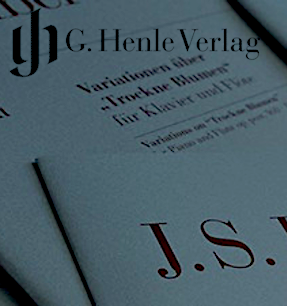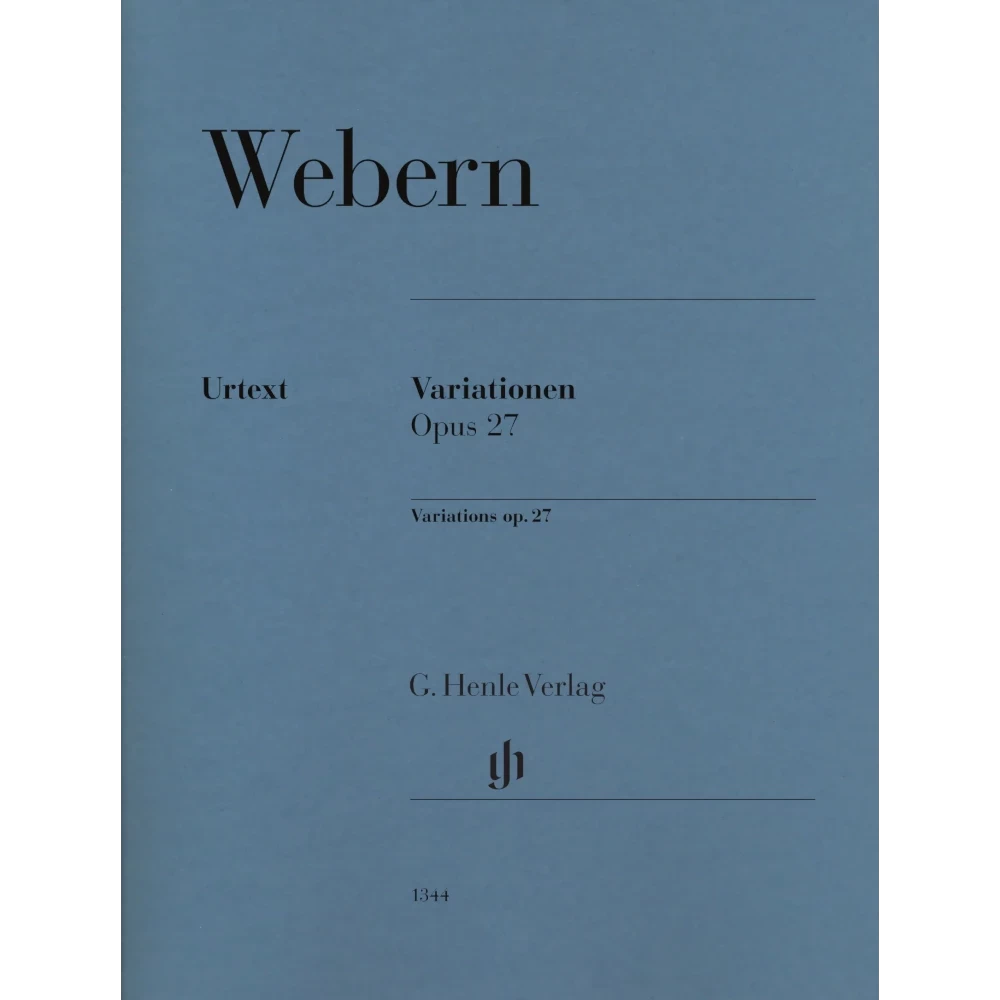The hundred-odd years that separate Beethoven's Variations from Anton von Webern's Variations op. 27, completed in 1936, cannot erase the ideal lineage between the late Beethoven and the second Viennese school. In these ten minutes, which represent the composer's entire piano work, the desire to concentrate in the cell or in the single note meanings that musical forms had enucleated over the centuries, borders on utopia. The hierarchy is suppressed and the theme is already a variation or, to quote Leibowitz, "in this work everything is variation, or again (which amounts to the same thing) everything is a theme". The first movement is tripartite, but the reprise reverses the rhythmic scheme. The central section is a canon-shaped giga for contrary motion. The third movement, finally, in turn condenses the original series and five variations. Writing to Hildegard Jone to announce that he had completed the second part of the piece, Webern noted: "What you say about time and distance as the measurers of art, in contrast to the field where they are measured, really expresses everything." Even though we do not know what Jone had written to the composer, we can well understand his response. It is the new relationship that the second Viennese school postulated with respect to the history and historicization of the work of art and in the work of art that constitutes the major legacy of the new music, and of Weber's music in particular.
Bruno Cagli



































